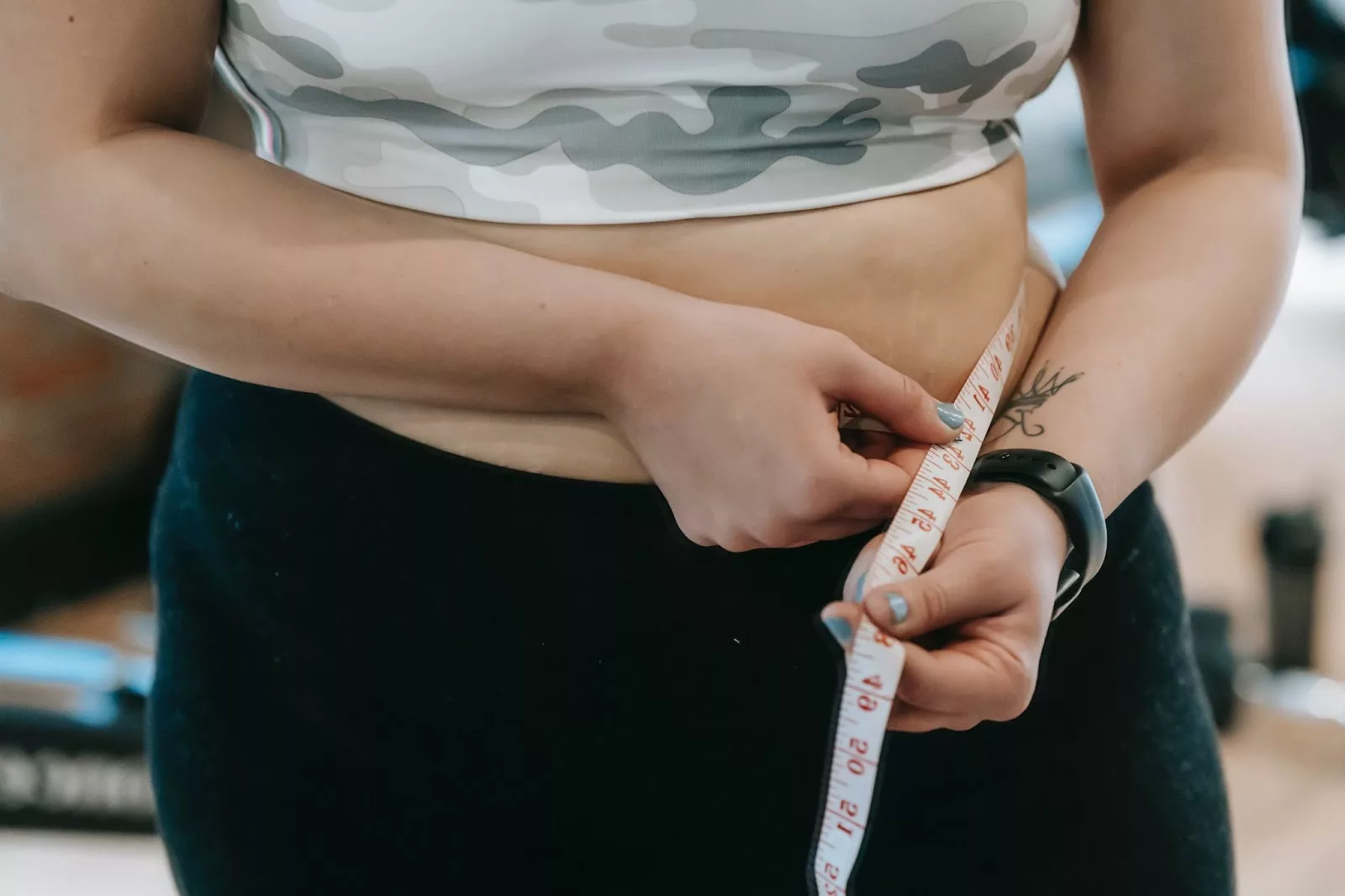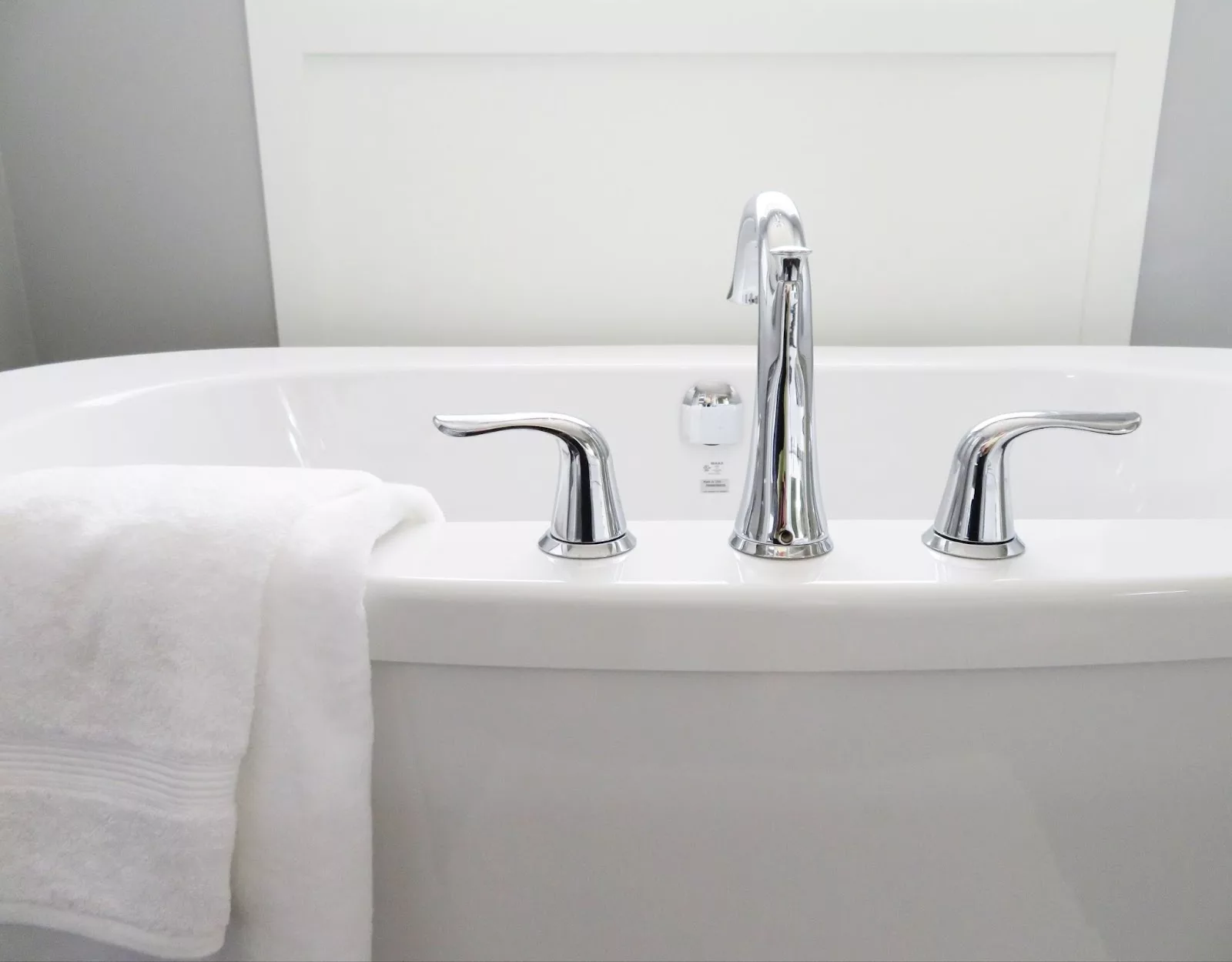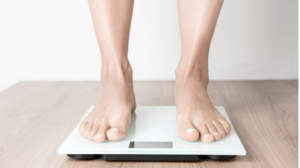How to See How Much You Weigh Without a Scale
Maintaining a healthy weight is an important aspect of leading a healthy lifestyle. However, it’s not always easy to track your weight, especially if you don’t have a scale at home. Fortunately, there are other ways to estimate your weight without a scale. Here are some of those methods:
Body Measurements

One of the most reliable ways to determine your weight without a scale is to take body measurements. By measuring different parts of your body, you can estimate how much you weigh. To do this, you will need a measuring tape.
Start by measuring your waist circumference. Wrap the measuring tape around your waist, just above your belly button. Make sure the tape is snug but not too tight. Record the measurement.
Next, measure your hip circumference. Wrap the tape around the widest part of your hips and record the measurement.
Finally, measure your neck circumference. Wrap the tape around your neck, just below your Adam’s apple. Record the measurement.
Once you have all three measurements, use an online body fat calculator to estimate your weight based on your body measurements. Keep in mind that this method may not be accurate for everyone, as it doesn’t take into account factors like muscle mass and bone density.
Clothing Size

Another way to estimate your weight without a scale is to use your clothing size as a reference point. Different clothing brands have their own size charts, but in general, you can use your clothing size to get a rough estimate of your weight.
If you know your clothing size, you can look up the average weight range for that size online. This will give you a rough estimate of how much you weigh.
Remember that this method may not be accurate for everyone, as clothing sizes can vary widely between brands. Additionally, the weight range for a particular clothing size can vary depending on factors like height and body shape.
Visual Estimation

Another way to estimate your weight without a scale is to use visual cues. While this method is not as accurate as body measurements or clothing size, it can give you a general idea of how much you weigh.
Stand in front of a mirror and take a good look at yourself. Do you appear to be overweight, underweight, or within a healthy weight range? Consider factors like your body shape, muscle mass, and overall physique.
While this method is not precise, it can be a useful tool for tracking changes in your weight over time. For example, if you notice that your clothes are fitting more loosely or that your body shape is changing, it could be an indication that you have lost weight.
Water Displacement

Another method to estimate your weight is to use water displacement. This method involves measuring the amount of water that is displaced when you submerge yourself in water.
To use this method, fill a bathtub with water and mark the water level. Next, get into the bathtub and submerge yourself completely. Have someone else mark the water level again. The difference between the two water levels represents the amount of water displaced by your body.
One litre of water weighs one kilogram, so you can use the amount of water displaced to estimate your weight. For example, if the water level rose by two litres when you got into the tub, you would estimate your weight to be around two kilograms.
BMI Calculator

Another method to estimate your weight is to use a BMI (Body Mass Index) calculator. BMI is a measure of body fat based on height and weight. While it’s not a perfect measure of health, it can give you a general idea of whether you are underweight, normal weight, overweight, or obese.
To use a BMI calculator, you will need to input your height and an estimate of your weight. You can use any of the methods mentioned above to estimate your weight. Once you have your BMI, you can compare it to the standard BMI categories to determine whether you are underweight, normal weight, overweight, or obese.
Keep in mind that BMI does not take into account factors like muscle mass or body shape, so it may not be accurate for everyone. Additionally, some people may have a high BMI due to muscle mass rather than body fat.
Conclusion
While a scale is the most accurate way to measure your weight, there are other methods you can use to estimate your weight without a scale. Whether you use body measurements, clothing size, visual estimation, water displacement, balance, or a BMI calculator, these methods can give you a general idea of how much you weigh.
However, keep in mind that these methods may not be as accurate as using a scale, and they may not take into account factors like muscle mass, bone density, or body shape. If you are concerned about your weight, it’s best to consult with a healthcare professional who can provide personalized advice based on your individual needs and circumstances.




